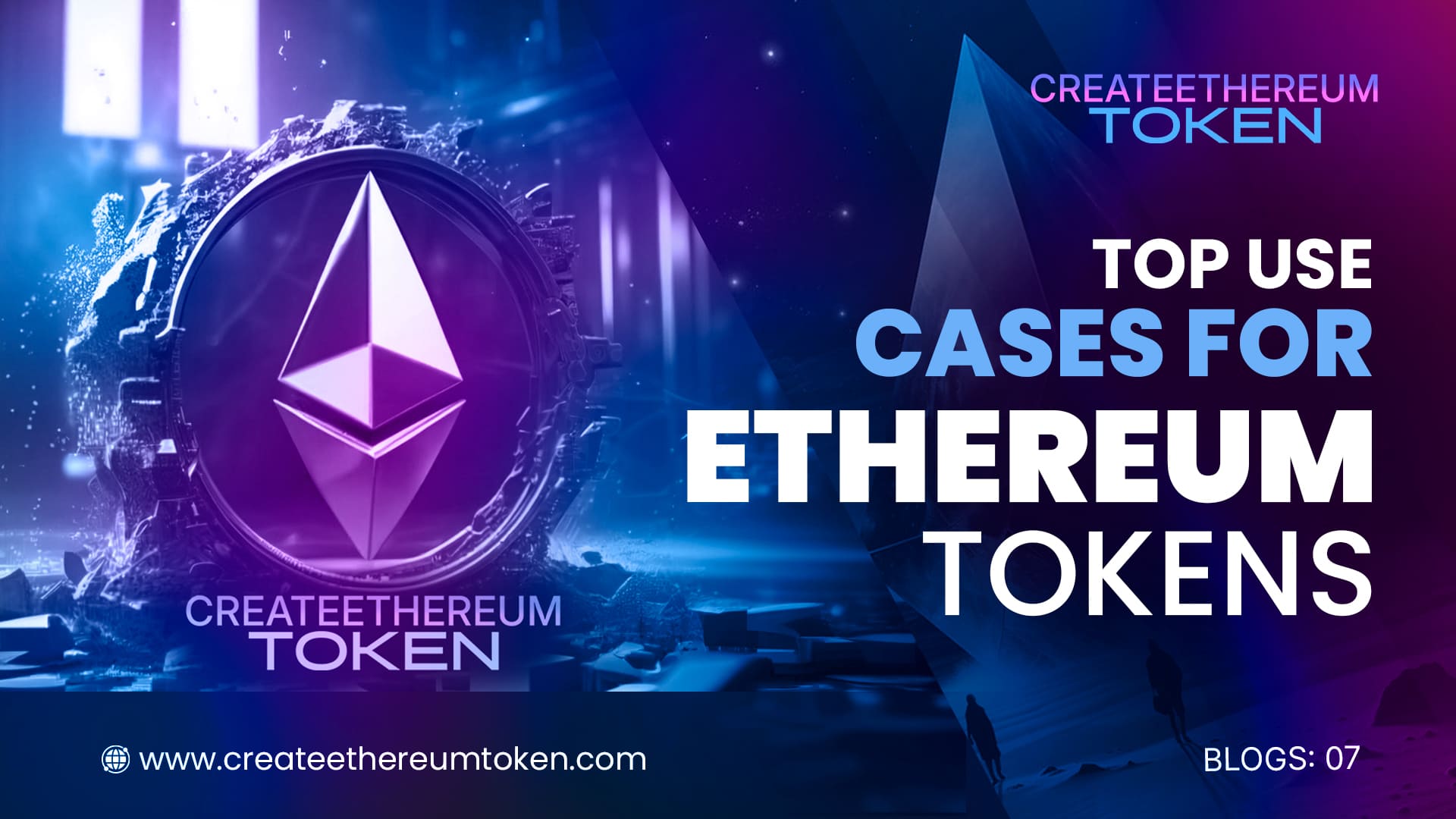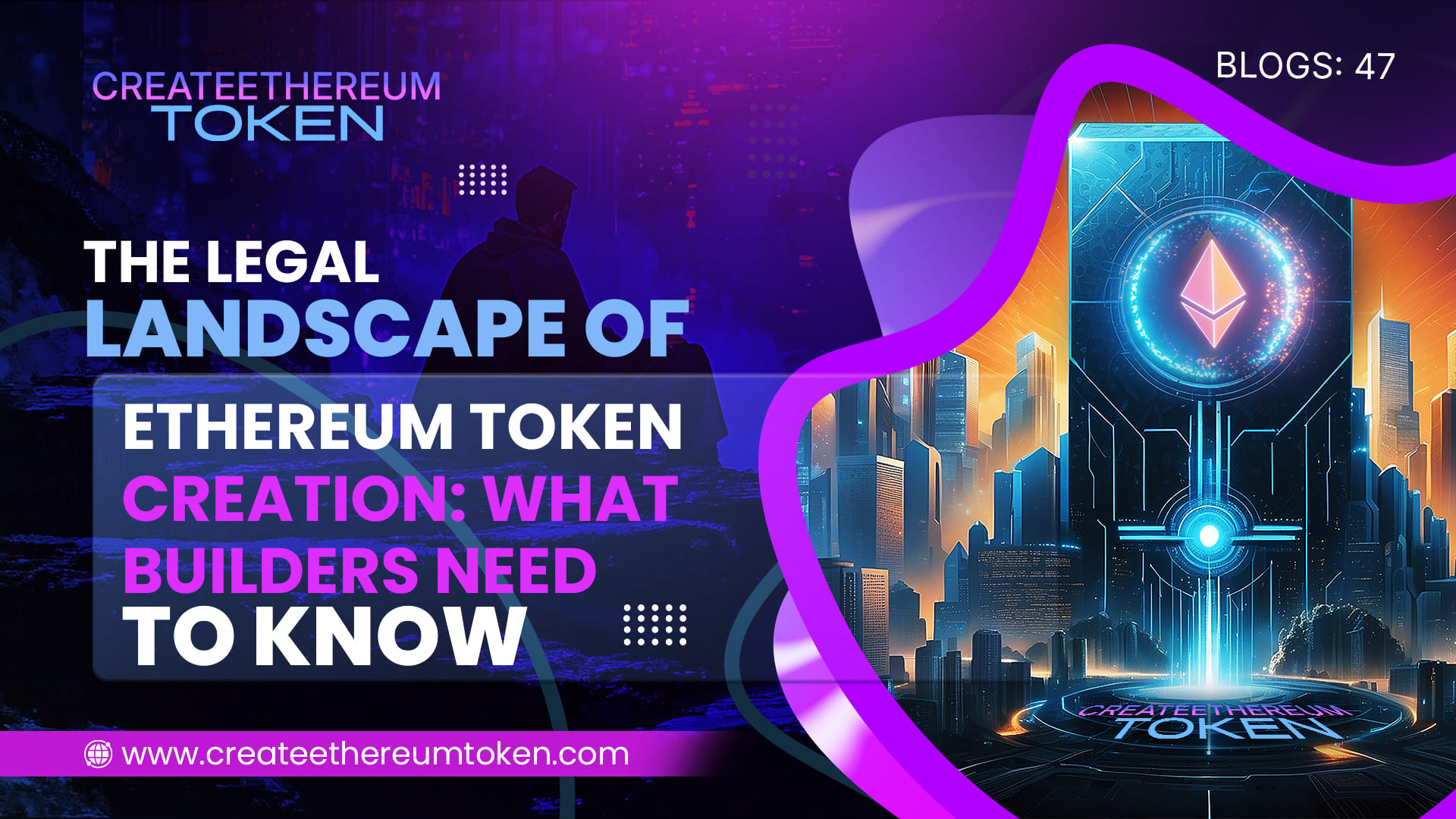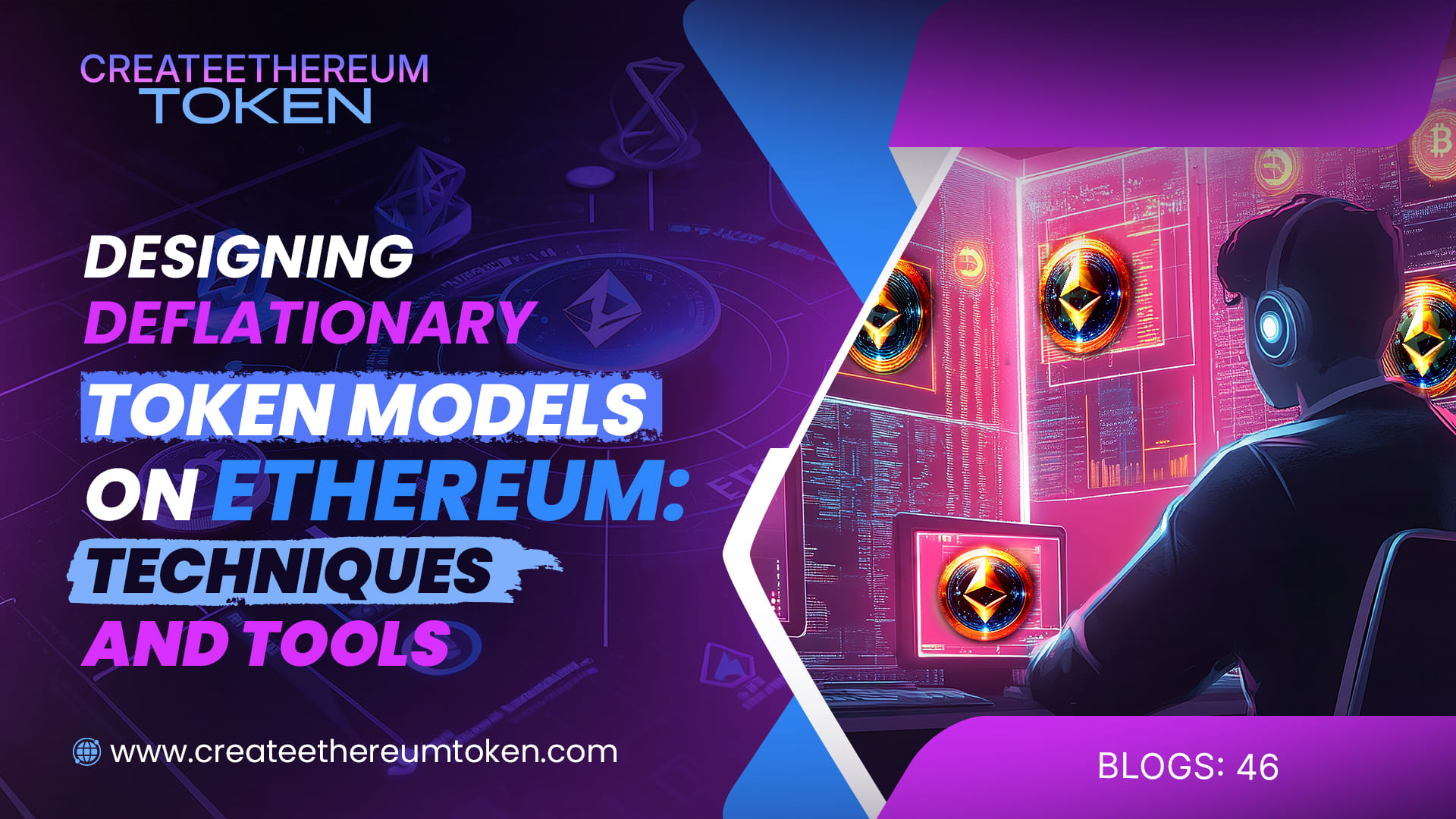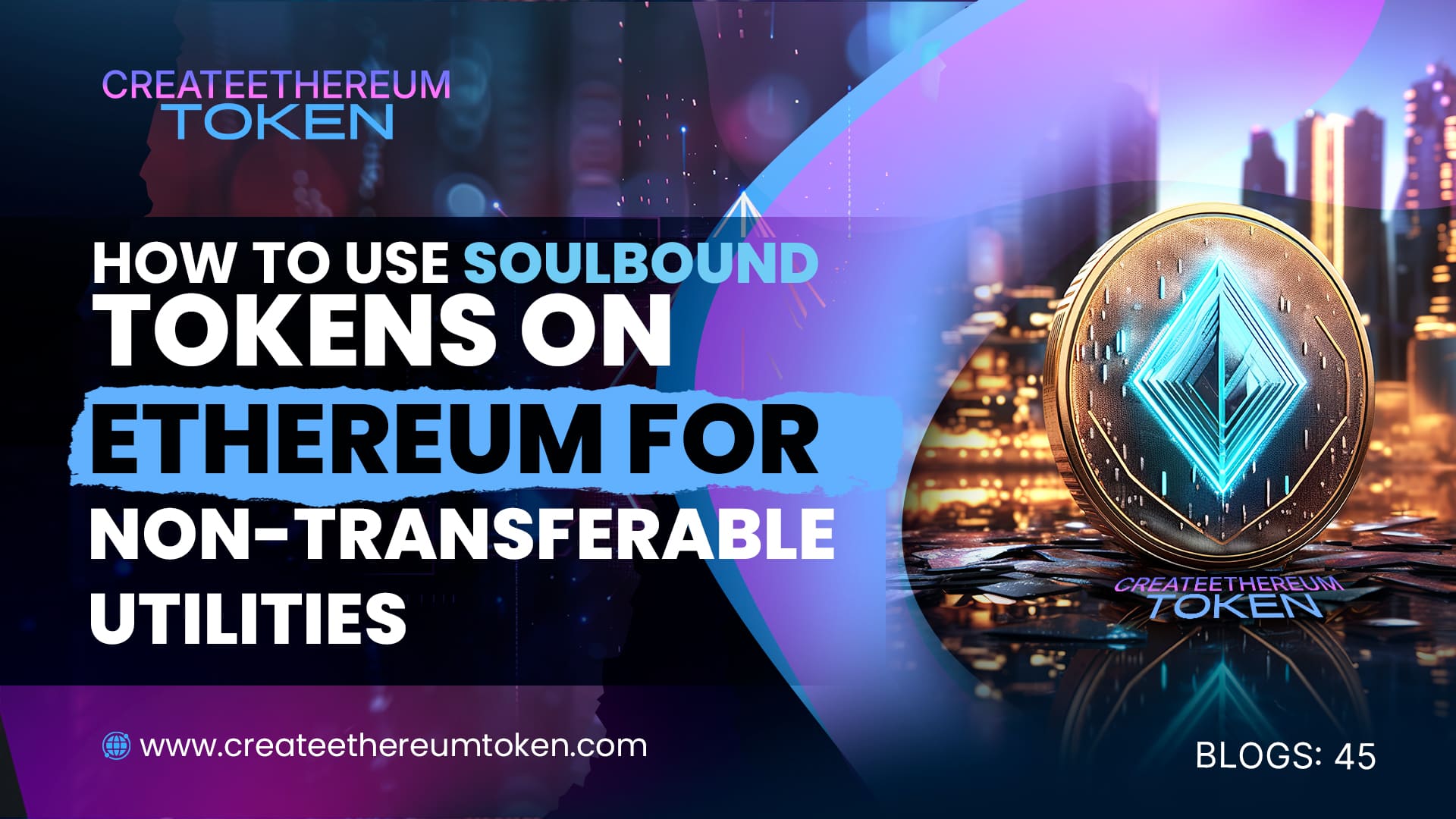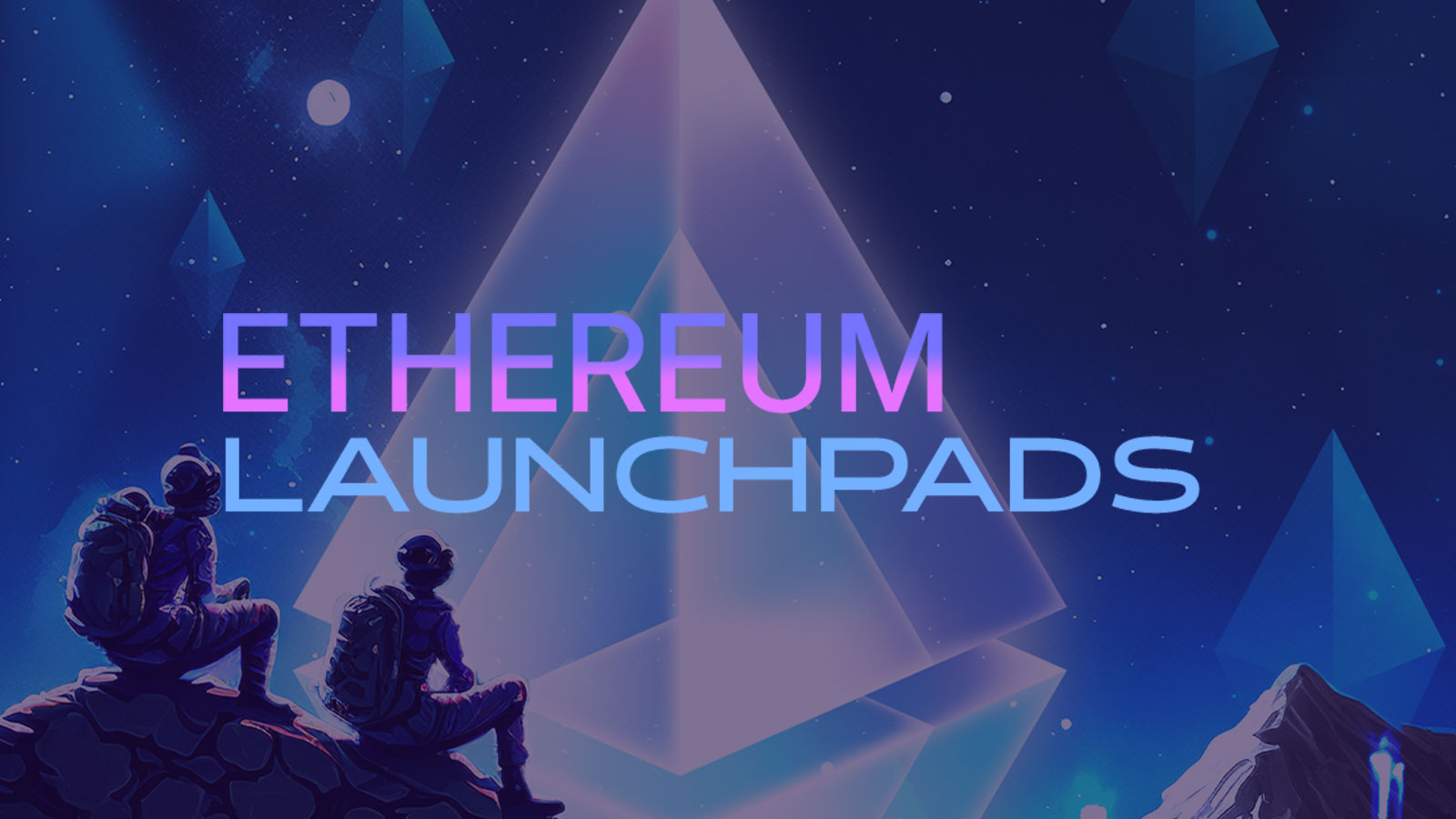September 17, 2024
Top Use Cases for Ethereum Tokens in 2024
As Ethereum continues to be the most widely used blockchain for decentralized applications, token creation has become a powerful tool for projects across various industries. Whether you’re looking to launch a decentralized finance (DeFi) platform, an NFT marketplace, or a governance token, Ethereum offers unparalleled flexibility. In this blog, we’ll explore the top use cases for Ethereum tokens in 2024 and how they are driving innovation in the crypto space.
1. Decentralized Finance (DeFi)
One of the biggest drivers of Ethereum’s growth is the rise of DeFi. Ethereum tokens are used in decentralized lending, borrowing, staking, and yield farming platforms. With the introduction of ERC-20 tokens, DeFi projects can easily create their own tokens to power their platforms, offering users rewards and governance rights. Popular DeFi protocols like Aave, Uniswap, and MakerDAO rely on Ethereum tokens to operate.
2. Non-Fungible Tokens (NFTs)
NFTs have taken the world by storm, and Ethereum remains the leading platform for creating and trading these unique digital assets. Artists, musicians, and content creators use Ethereum to mint NFTs that represent ownership of digital art, collectibles, and other assets. The ERC-721 and ERC-1155 token standards allow developers to create both single and multi-edition NFTs, making Ethereum the go-to choice for NFT platforms like OpenSea and Rarible.
3. Governance Tokens
Governance tokens are crucial for decentralized organizations (DAOs) and blockchain-based protocols. By issuing governance tokens on Ethereum, projects can allow their community members to vote on key decisions and proposals. This decentralized governance model empowers users and ensures that the direction of the project is aligned with the interests of its community.
4. Tokenized Assets
Tokenization is the process of converting real-world assets like real estate, stocks, or commodities into digital tokens. Ethereum’s ERC-20 standard allows these assets to be represented as tokens on the blockchain, making them more accessible and tradeable. Tokenized assets offer fractional ownership, enabling investors to buy and sell portions of assets that were previously out of reach for the average investor.
5. Utility Tokens for Decentralized Applications
Utility tokens are used within decentralized applications (dApps) to provide access to specific services or features. Ethereum’s flexible smart contracts allow developers to create custom utility tokens for their platforms. For instance, users might need a platform’s native token to access premium features, pay for services, or participate in network activities.
Conclusion
Ethereum tokens continue to be the driving force behind a wide range of blockchain applications, from DeFi and NFTs to governance and tokenized assets. As we move further into 2024, the use cases for Ethereum tokens will only expand, offering more opportunities for innovation across various industries.
